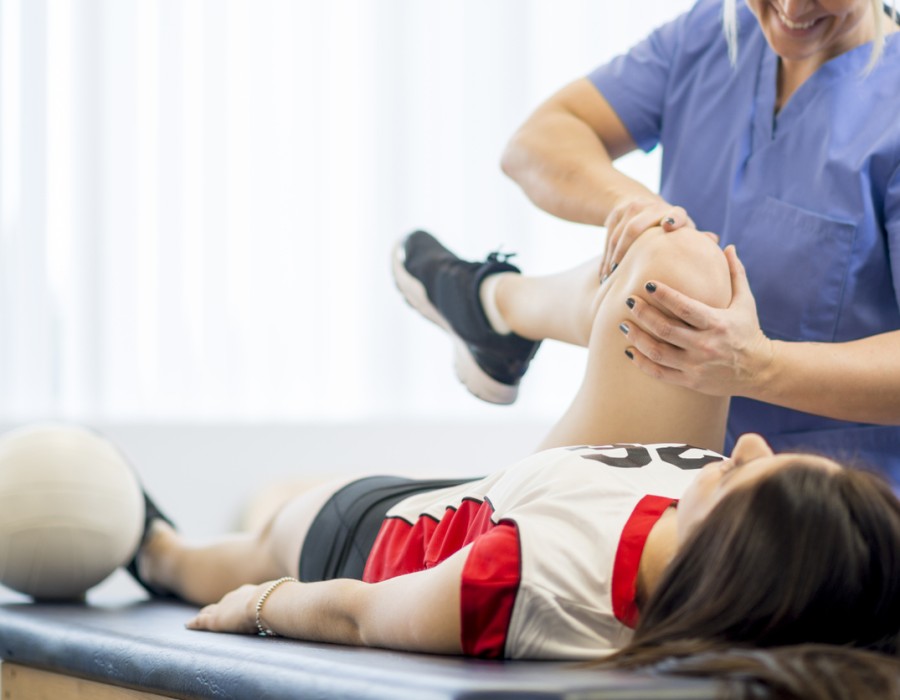Sports injury surgeons employ a variety of advanced treatments and techniques to help athletes recover quickly and safely.
Some of these include:
- Arthroscopic Surgery: This minimally invasive procedure involves inserting a small camera and surgical tools through tiny incisions to diagnose and treat joint injuries. It allows for faster recovery, less postoperative pain, and minimal scarring compared to traditional open surgery.
- PRP (Platelet-Rich Plasma) Therapy: PRP therapy involves injecting a concentrated solution of the patient's own platelets, which contain growth factors, into the injured area to stimulate tissue repair and accelerate healing. It's commonly used for tendon and ligament injuries.
- Stem Cell Therapy: Stem cell therapy involves injecting stem cells into the injured area to promote tissue regeneration and repair. It's used to treat various musculoskeletal injuries, including tendon and cartilage damage.
- Biologic Augmentation: This involves using biologic agents, such as growth factors or scaffolds, to enhance the body's natural healing processes. It can be used in conjunction with surgical procedures to improve outcomes and speed up recovery.
- Customized Rehabilitation Programs: Sports injury surgeons work closely with physical therapists to develop personalized rehabilitation programs tailored to each athlete's specific injury, goals, and sport requirements. These programs typically focus on improving strength, flexibility, proprioception, and functional movement patterns to facilitate a safe return to sport.
- Advanced Imaging Techniques: Sports injury surgeons may utilize advanced imaging techniques, such as MRI or CT scans, to accurately diagnose injuries and guide treatment planning. This enables them to identify subtle injuries and develop targeted treatment strategies.
- Minimally Invasive Joint Replacement: In cases where conservative treatments fail to provide relief, minimally invasive joint replacement surgery may be considered. This approach involves smaller incisions, reduced tissue trauma, and faster recovery compared to traditional joint replacement surgery.
- Regenerative Medicine: This includes a range of treatments aimed at harnessing the body's natural healing mechanisms to promote tissue repair and regeneration. In addition to PRP and stem cell therapy, other regenerative medicine techniques, such as prolotherapy and shockwave therapy, may also be used to facilitate healing.
- Biomechanical Analysis: Sports injury surgeons may utilize biomechanical analysis techniques to assess movement patterns and identify biomechanical deficiencies that contribute to injury risk. This information can inform injury prevention strategies and help optimize performance.
- Nutritional and Lifestyle Interventions: Sports injury surgeons may also provide guidance on nutrition, supplementation, sleep, and stress management to support the athlete's overall health and recovery process.
These advanced treatments and techniques aim to not only expedite the healing process but also optimize long-term outcomes and minimize the risk of recurrent injuries, allowing athletes to return to their sport safely and perform at their best.





Comments